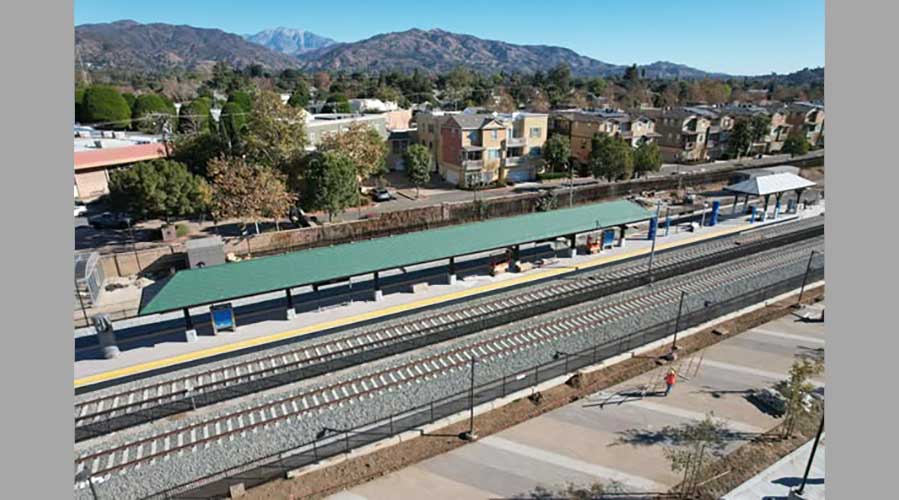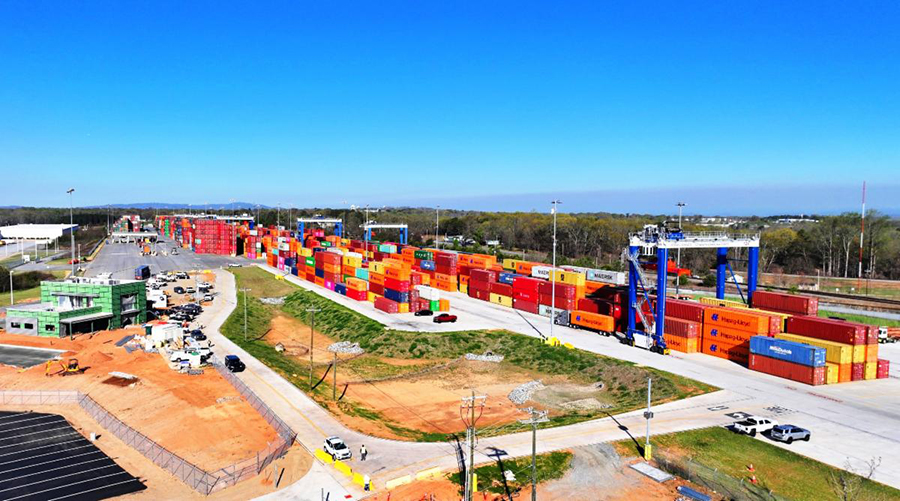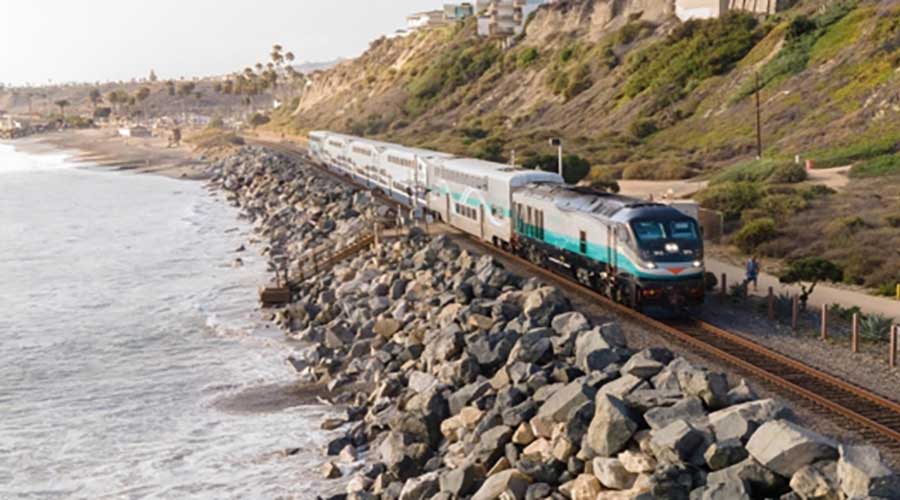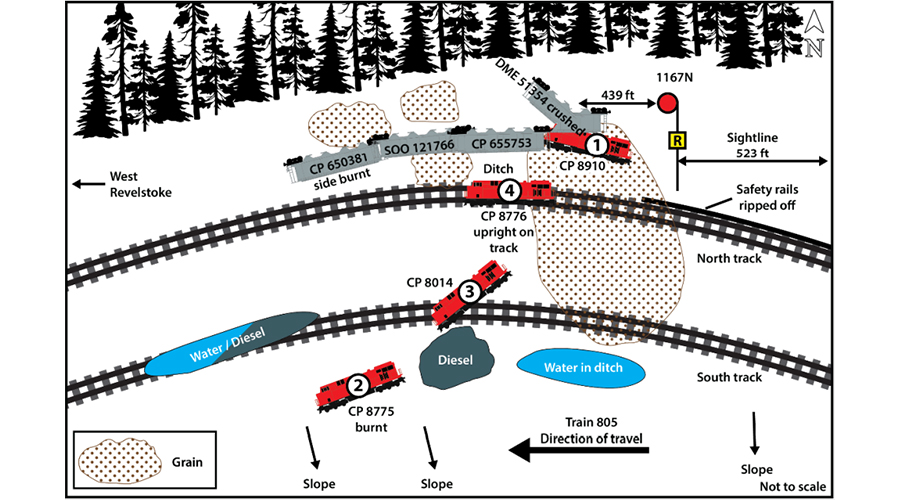Stay updated on news, articles and information for the rail industry
10/12/2015
Rail News: Shippers
NRF: Cargo volume expected to increase 3.3 percent in October
Import cargo volume at major U.S. retail container ports is expected to increase 3.3 percent this month over the same time last year, as retailers make final preparations for the holiday season, according to the National Retail Federation (NRF).
"Merchants have been stocking up since summer, and there should be plenty on the shelves as consumers begin their holiday shopping," said NRF Vice President for Supply Chain and Customs Policy Jonathan Gold in a press release.
Ports covered by the Global Port Tracker handled 1.68 million twenty-foot equivalent units (TEU) in August, up 3.9 percent from July and 10.4 percent compared with August 2014, according to the National Retail Federation (NRF).
Last month was estimated at 1.62 million TEU, up 2.1 percent compared with September 2014. This month is forecast to increase 3.3 percent to 1.61 million TEU, while November's volumes are projected to increase 7.2 percent to 1.49 million TEU, compared with a year ago. December is forecast at 1.42 million TEU, down 0.9 percent compared with December 2014, according to an NRF press release.
Those numbers would result in a total of 18.3 million TEU for 2015, according to an NRF press release. During 2015's first half, TEU totaled 8.9 million, an increase of 6.5 percent compared with the first half of 2014.
Produced for the NRF by Hackett Associates, the Global Port Tracker covers U.S. ports of Los Angeles/Long Beach, Oakland, Seattle and Tacoma on the West Coast; New York/New Jersey, Hampton Roads, Charleston, Savannah, Port Everglades and Miami on the East Coast, and Houston on the Gulf Coast.
West Coast ports have largely recovered their share of cargo following a nine-month West Coast port labor dispute, with the West Coast accounting for 59 percent, the East Coast 37 percent and the Gulf Coast 4 percent, said Hackett Associates Ben Hackett.
However, the inventory inventory-to-sales ratio remains “stubbornly high” because of the influx of cargo that came through after the dispute ended.
"We would have thought that by now the aftermath of the disruption at the West Coast ports had worked its way through, which would help to reduce inventory," he said. "This is not the case."


 LRW Honors Amtrak’s Acheson As Railway Woman Of The Year
LRW Honors Amtrak’s Acheson As Railway Woman Of The Year
 From Editor-In-Chief Foran: Of Gender Equity And Inclusion
From Editor-In-Chief Foran: Of Gender Equity And Inclusion
 Spotlight On Some Of Today’s Rail Safety Products
Spotlight On Some Of Today’s Rail Safety Products
 Women of Influence in Rail eBook
Women of Influence in Rail eBook
 railPrime
railPrime







